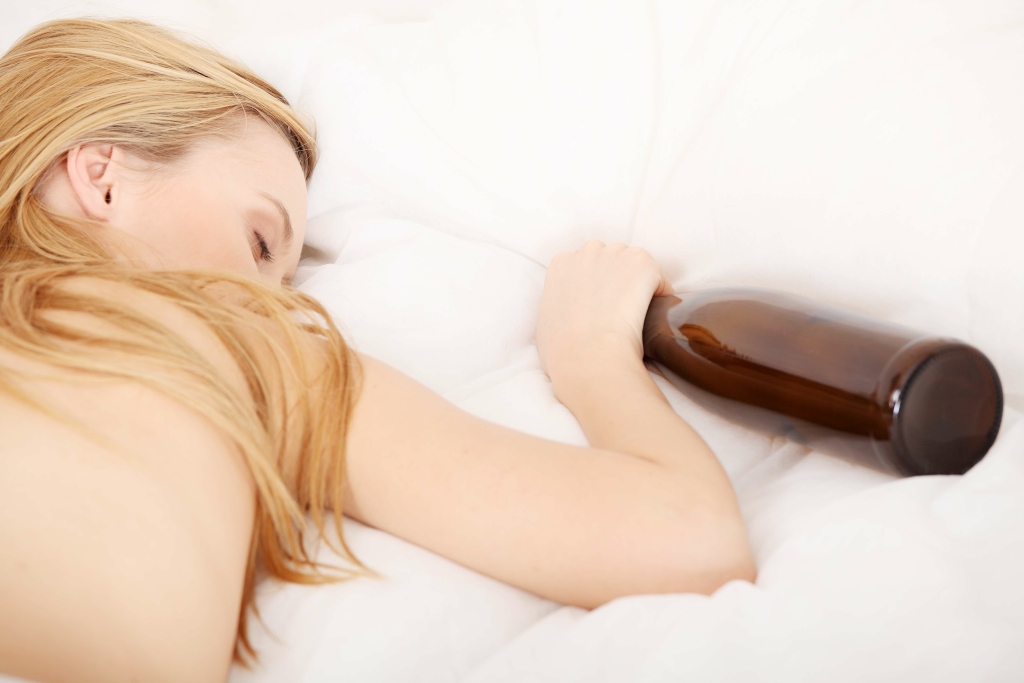There is a possibility that you might rationalize why you might not experience the same consequences if you continue to use. It is inevitable that everyone will experience negative emotions at one point or another. It is not necessarily these natural emotions that cause emotional relapse, but how you cope with them, that does. Nevertheless, 40 to 60% of people who once were addicted to a substance and achieved sobriety relapse at some point, based on estimates from the National Institute on Drug Abuse (NIDA). A person’s guilt is a difficult emotion to carry, one that can constantly replay in their minds, causing them to use substances again to ease their guilt. In a study by McCrady evaluating the effectiveness of psychological interventions for alcohol use disorder such as Brief Interventions and Relapse Prevention was classified as efficacious23.

How to Survive a Narcissist: 7 Proven Strategies for Protecting Your Mental Health
- The strengths of the study lie in its use of near-real-time EMA reports of AVE responses, recorded soon after each lapse, and the ability to use a stream of EMA reports over many lapses to characterize the prospective influence of AVE responses on progression to subsequent lapses.
- Relapse prevention initially evolved as a calculated response to the longer-term treatment failures of other therapies.
- While incidence of relapse did not differ between groups, the ABM group showed a significantly longer time to first heavy drinking day compared to the control group.
- Recently, Magill and Ray 41 conducted a meta-analysis of 53 controlled trials of CBT for substance use disorders.
- Additional hours of prospective abstinence time, plotted across each 1-unit change in post-lapse self-efficacy.
These may serve to set up a relapse, for example, using rationalization, denial, or a desire for immediate gratification. Lifestyle factors have been proposed as the covert antecedents most strongly related to the risk of relapse. It involves the degree of balance in the person’s life between perceived external demands and internally fulfilling or enjoyable activities. Urges and cravings Alcoholics Anonymous precipitated by psychological or environmental stimuli are also important6. Miller and Hester reviewed more than 500 alcoholism outcome studies and reported that more than 75% of subjects relapsed within 1 year of treatment1.
Duration of abstinence preceding lapse
Currently, the dynamic model can be viewed as a hypothetical, theory-driven framework that awaits empirical evaluation. Testing the model’s components will require that researchers avail themselves of innovative assessment techniques (such as EMA) and pursue cross-disciplinary collaboration in order to integrate appropriate statistical methods. Irrespective of study design, greater integration of distal and proximal variables will aid in modeling the interplay of tonic the abstinence violation effect refers to and phasic influences on relapse outcomes.

The Five Rules Of Recovery

Ark Behavioral Health offers 100% confidential substance abuse assessment and treatment placement tailored to your individual needs. It’s important to establish that a one-time lapse in a person’s recovery from drugs or alcohol is not considered a full blown relapse. It includes thoughts and feelings like shame, guilt, anger, failure, depression, and recklessness as well as a return to addictive behaviors and drug use. As a result of stress, high-risk situations, or inborn anxieties, you are experiencing negative emotional responses.
Emotional Relapse
Through these tools, a counselor can explore a client’s internal and external reasons for entering and staying in treatment and recovery. As discussed above, motivation to change can increase when reasons for change and specific goals become clear.659 Motivation can decrease when a person feels doubt or ambivalence about change. Listing the outcome expectancies for the substance use and resolved behavior (e.g., reduced use of substances).
Twelve-month relapse rates following alcohol or drug cessation attempts can range from 60 to 90 percent, and the AVE can contribute to extended relapses. Although many developments over the last decade encourage confidence in the RP model, additional research is https://renderwerock.com/7-strategies-for-breaking-habits-that-trigger/ needed to test its predictions, limitations and applicability. In particular, given recent theoretical revisions to the RP model, as well as the tendency for diffuse application of RP principles across different treatment modalities, there is an ongoing need to evaluate and characterize specific theoretical mechanisms of treatment effects. Lapses distributed by the sequence they occurred (Left Axis), along with median hours of abstinence preceding each lapse (Right Axis). Data on age, gender, ethnicity, education, and income were collected, as were measures of daily smoking rate, number of past quit attempts, and the Fagerstrom Test for Nicotine Dependence (FTND; Heatherton, Kozlowski, Frecker & Fagerstrom, 1991). Participants were 305 smokers who quit for at least 24 hours while enrolled in a research smoking cessation clinic.
- Single-event survival analysis examines a single event, assuming that no further events are possible (it was originally developed to analyze death rates).
- In a subsequent meta-analysis by Irwin, twenty-six published and unpublished studies representing a sample of 9,504 participants were included.
- In addition, relaxation training, time management, and having a daily schedule can be used to help clients achieve greater lifestyle balance.
- Consistent with the RP model, changes in coping skills, self-efficacy and/or outcome expectancies are the primary putative mechanisms by which CBT-based interventions work 126.
Strengths-Based, Person-Centered Intake Approaches
For example, our data demonstrate that the lapse progression process is highly variable both between individual participants and across momentary circumstances. This suggests that it would be useful to formally model this variation and thereby identify subgroups of subjects who followed similar recurrent survival trajectories. A corresponding extension of this approach would be to identify subgroups of subjects who followed similar AVE response trajectories; e.g., using latent mixture models to identify different trajectories towards relapse versus recovery. Work of this sort may allow us to conceptualize the AVE as a multivariate, latent construct that evolves over the course of the lapse-relapse process.